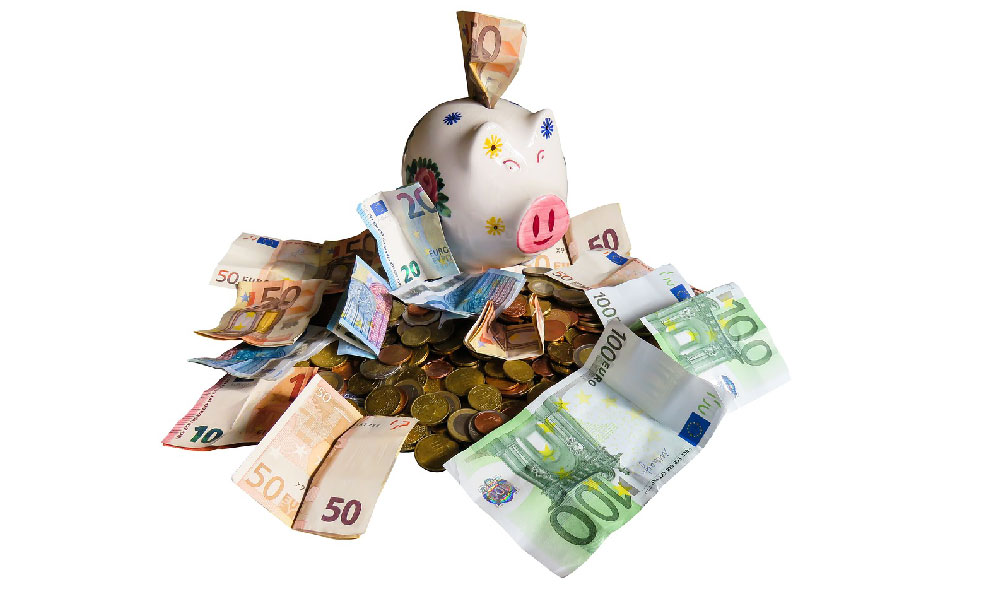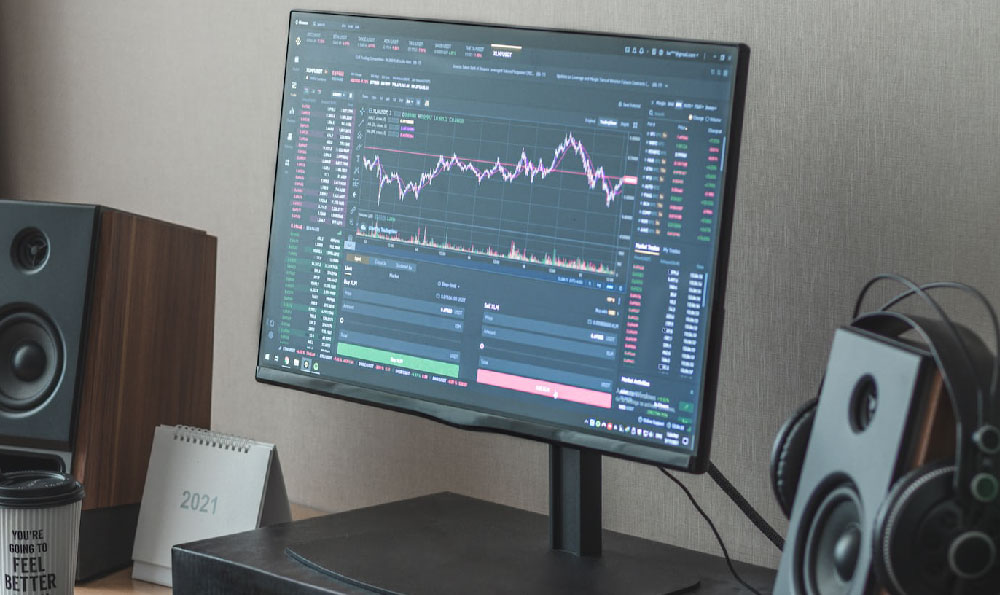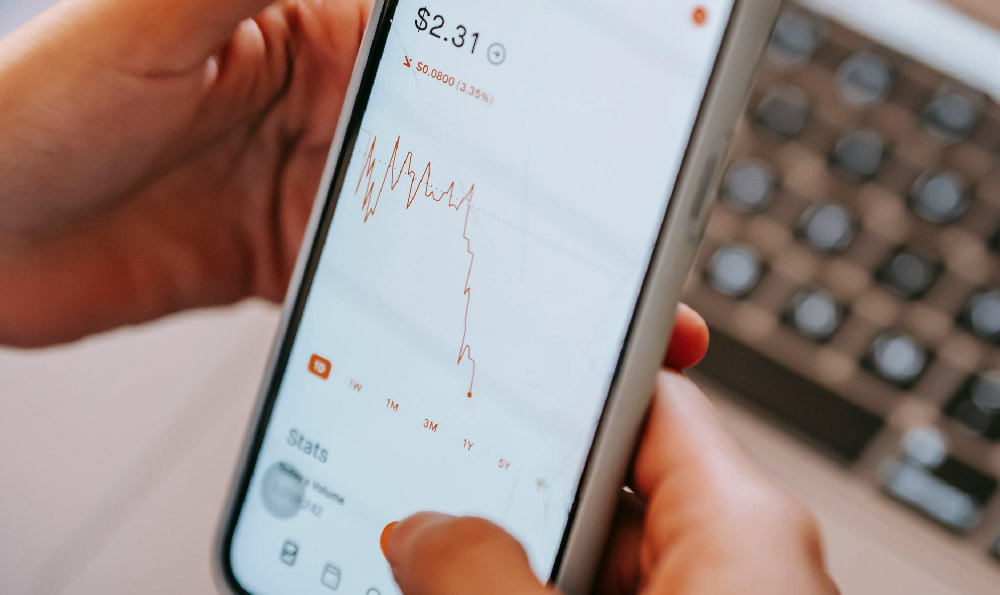Buffett's business model, often referred to as the "Oracle of Omaha" approach, is a complex interplay of principles that blend classic value investing with strategic long-term wealth accumulation. At its core, this model is not about chasing market trends or speculative gains but about identifying undervalued companies with durable competitive advantages and holding them for decades to allow compounding growth to materialize. The profitability generated through this framework stems from a combination of disciplined research, strategic patience, and an emphasis on intrinsic value rather than market price. Unlike the typical fast-paced trading strategies that dominate modern financial markets, Buffett's model thrives on contrarian thinking: buying when others are fearful and selling when others are greedy. This philosophy is rooted in the belief that stock markets are often irrational in the short term but ultimately reflect the fundamentals of businesses over time, creating opportunities for those who can discern the difference between temporary setbacks and permanent value destruction.
The foundation of Buffett's profit formula lies in his meticulous analysis of a company's economic moat, which refers to its ability to maintain barriers against competition and generate consistent returns. This involves evaluating a business's pricing power, cost advantages, network effects, and brand loyalty. For example, when Buffett invested in Coca-Cola decades ago, he recognized its unique position in the beverage industry, where customer preference for its products created a lasting moat that protected its profits from erosion. By focusing on businesses with wide moats, he ensures that the profits generated are not only substantial but also sustainable, reducing the risk of capital loss from market volatility. This approach requires a deep understanding of industries and a willingness to wait for the right moment to invest, often involving considerable research and patience.
Another critical element of Buffett's model is his commitment to long-term holding. This strategy is based on the power of compound interest, which allows even modest returns to grow exponentially over time. By holding investments for extended periods, Buffett avoids the pitfalls of short-term trading, such as transaction costs, tax implications, and the risk of selling at the wrong time. His famous declaration that "Price is what you pay, value is what you get" underscores this philosophy, emphasizing that the true profitability of an investment depends on its intrinsic value rather than its current market price. This requires investors to have a clear vision of a company's future growth and to resist the temptation of quick profits, which often come at the expense of long-term value creation.

The model also incorporates a low-cost, high-margin approach to investing. Buffett's focus on companies with strong balance sheets and consistent cash flows ensures that the assets he acquires are not only profitable but also resilient to economic downturns. This is exemplified by his investments in utilities and consumer staples, which tend to generate stable returns regardless of market conditions. By prioritizing businesses that require minimal capital expenditures and offer predictable earnings, he creates a diversified portfolio that is less susceptible to systemic risks. This strategy is particularly effective in a world where many investors chase high-growth sectors that are inherently volatile, often leading to unsustainable returns and increased risk.
Furthermore, Buffett's model is characterized by its emphasis on management quality. He believes that the success of a business is largely dependent on the competence and integrity of its leadership. This principle is evident in his investments in companies like American Express and Wells Fargo, where he identified strong leaders who could navigate challenges and drive long-term value. By focusing on management teams that align with shareholder interests, he reduces the risk of mismanagement and ensures that the profits generated are distributed effectively. This requires a careful evaluation of a company's leadership, not just its financials or industry position.
The profitability of Buffett's model is also amplified by his use of leverage. Unlike traditional investment strategies that emphasize conservative capital allocation, Buffett has historically used debt to enhance returns. This is most notably demonstrated by his investments in Berkshire Hathaway itself, where he leveraged borrowed capital to acquire shares in high-quality companies. By carefully managing leverage, he ensures that it serves as a tool for amplifying returns rather than a source of risk. This requires a deep understanding of financial markets and a willingness to take calculated risks, which are essential for achieving high returns over time.
In addition to these elements, Buffett's model is built on a culture of continuous learning and adaptability. He believes that the best investors are those who remain curious and open-minded, constantly refining their strategies based on new information. This is evident in his ability to adapt to changing market conditions and technological advancements, such as his endorsement of Apple's long-term potential despite its initial association with the dot-com bubble. By fostering a mindset of lifelong learning, he ensures that his investments remain relevant and profitable in the face of uncertainty.
Ultimately, the profitability generated through Buffett's business model is not a product of luck or timing but of a disciplined, research-driven approach to investing. By focusing on intrinsic value, long-term growth, and management quality, he creates a portfolio that is both resilient and profitable. This model serves as a powerful example of how consistent application of fundamental principles can lead to sustained success in the financial markets, offering a roadmap for investors seeking to achieve their financial goals.












